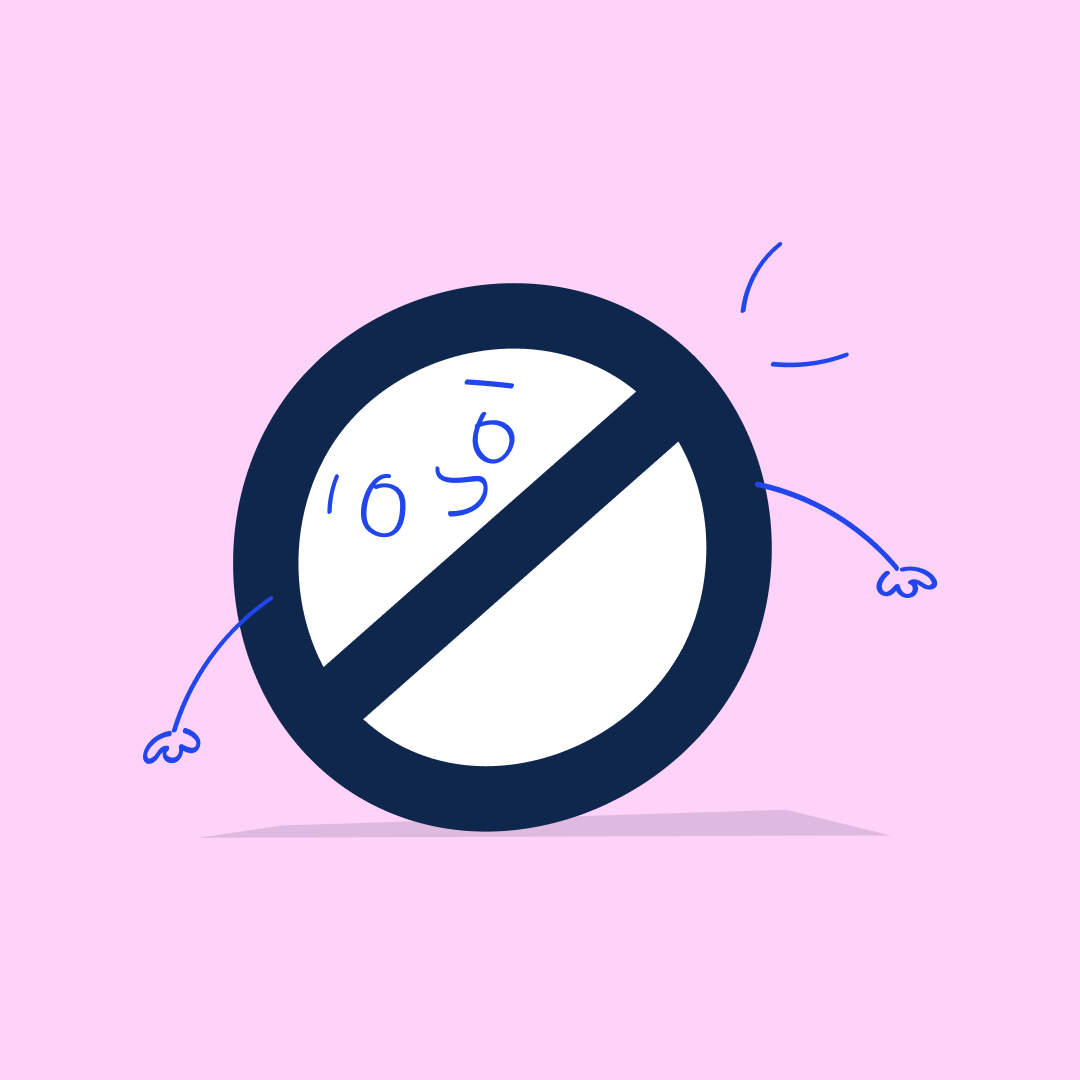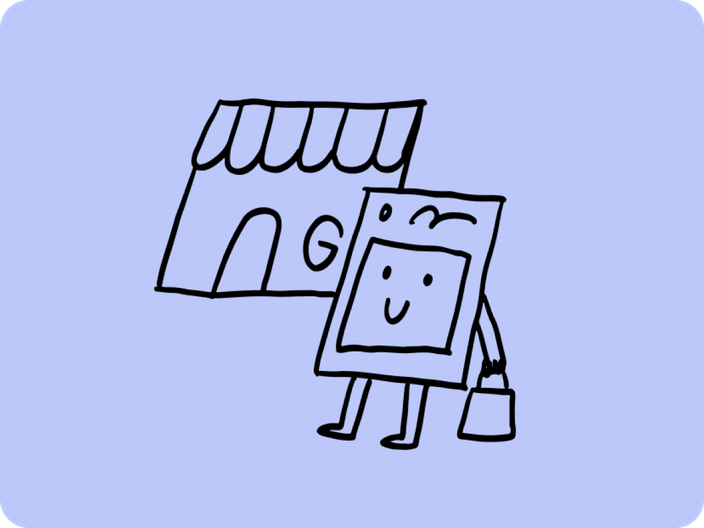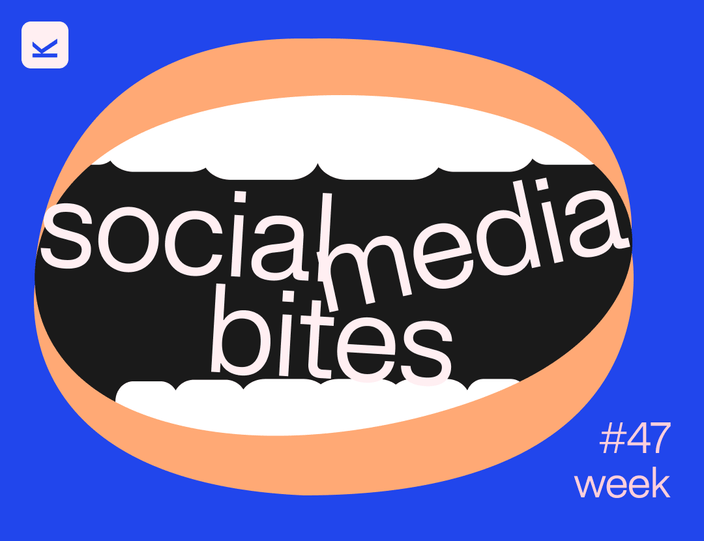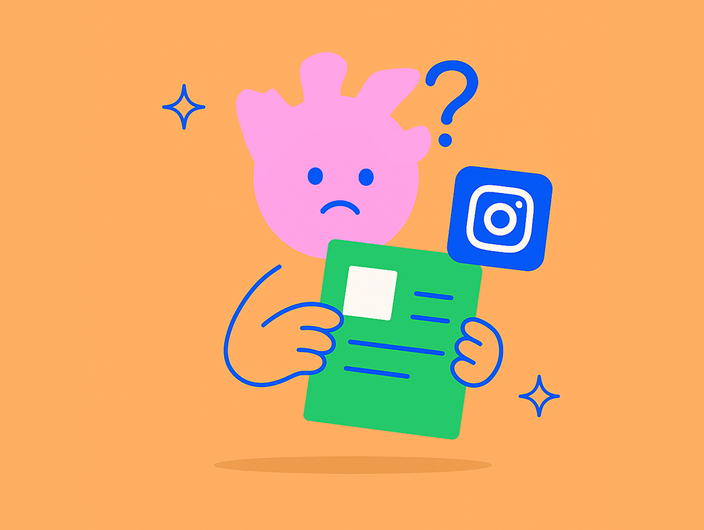Do you know what happens when your posts on social media platforms suddenly stop reaching your audience? You might be experiencing something called shadow banning. If you’ve noticed a significant drop in engagement or a sudden decrease in visibility, it’s time to understand what shadow banning is and how it can impact your social media success.
According to Cambridge Dictionary: Shadowban is if a social media company shadowbans someone’s posts, it limits who can see them, usually without the person who has published them knowing.
Unlike an outright ban or block, shadow banning is more subtle – your account remains active, but your posts don’t appear in hashtag searches, and your content is shown to fewer followers. This can lead to a significant drop in engagement, as fewer people are seeing and interacting with your posts.
This can be particularly damaging for influencers, content creators, and businesses that rely on social media to reach their audience. In this blog, we’ll dive deep into what shadow banning is, why it happens, and most importantly, how to prevent it from sabotaging your social media efforts.
Is shadow banning real, or just a myth / excuse?
It has become one of the most debated topics in the world of social media, with users frequently questioning whether it’s a legitimate practice or simply a convenient excuse for poor content performance. So, what’s the truth?
Is shadow banning real?
Yes, it is real, but it’s not as straightforward as many think. Social media platforms like Instagram, Twitter, and Facebook often deny the existence of shadow banning in its most nefarious sense – where content is deliberately hidden without users being informed. However, they do acknowledge that their algorithms can suppress content that violates guidelines or behaves in a suspicious way. This can happen without an explicit notification, leading to the perception of a it (according to University at Buffalo).
For instance, Instagram has been known to limit the reach of posts that overuse hashtags (so no 30+ hashtags for you anymore) or engage in spammy behavior, while X (Twitter) might downgrade tweets from accounts that exhibit bot-like behavior. Facebook, while not explicitly admitting to this “crime”, has policies that reduce the visibility of what it considers “problematic content,” further blurring the lines, for example some social – political issues.
While shadow ban is real, it’s important to note that not every drop in engagement or visibility is due to this. Changes in social media algorithms, content quality, and audience behavior can also impact performance. Sometimes, users may not fully understand how these platforms work, leading to the assumption that they are being banned when, in reality, other factors are at play.
How do I know if I’ve got shadow ban?
It can be tricky to identify if you’ve been shadowed, because platforms unfortunately don’t notify users when it happens. However, there are a few telltale signs:
- Quite an engagement drop: if you notice a sudden decline in likes, comments, and shares, it might be due to shadow banning.
- Low hashtag visibility. How to inspect it? Check if your posts appear under the hashtags you’ve used. If they don’t, it’s possible your account has been shadow banned.
- Noticed drop in reach analytics? Always use your social media insights to track any unusual drops in reach or impressions.
Still can’t understand why shadow banning happens?
Well not you only sometimes… Although shadow banning typically occurs when users violate platform guidelines, either knowingly or unknowingly. Here are some common reasons:
- Content violations: posting content that goes against community standards can trigger shadow banning.
- Spammy behavior: overusing hashtags, engaging in repetitive actions (like mass-following/unfollowing), or using bots can flag your account.
- Algorithm changes: sometimes, shadow banning occurs due to changes in the platform’s algorithm, especially if it detects suspicious activity on your account.
How can shadow banning affect any social media account?
Shadowban can have significant and often frustrating impacts on a social media account, especially for users who rely on these platforms for visibility, engagement, and growth. Here’s how it can affect your social media presence:
1. Drastic drop in engagement
One of the most immediate and noticeable effects of shadowban on any social media platform, like Instagram, TikTok, Facebook etc., is a sudden and unexplained drop in engagement. This includes fewer likes, comments, shares, and overall interactions on your posts. Since your content is being suppressed or hidden from a larger audience, fewer people are seeing and engaging with it, which can lead to a downward spiral in visibility.
2. Reduced visibility in hashtag searches
Hashtags are a powerful tool for increasing the reach of your content on platforms like Instagram and TikTok. However, if your account is shadow banned, your posts may no longer appear in hashtag search results, even when you use popular and relevant hashtags (but please, don’t use more than 5, it’s not 2020 anymore). This means that people who are not already following you are unlikely to discover your content through these channels.
3. Decreased follower growth
With reduced visibility and engagement, your ability to attract new followers can be severely hampered. Potential new followers who might have discovered your account through hashtags, shared content, or explore features will miss out on seeing your posts. This can slow down your follower growth or even cause it to stagnate.
4. Impact on business and revenue
For businesses, influencers, and content creators who rely on social media for marketing and revenue generation, shadow banning can be particularly damaging. A drop in engagement can lead to fewer sales, diminished brand awareness, and lost opportunities for collaboration or sponsorships. Brands that appear less active or engaging may also lose credibility and trust among their audience.
5. Psychological and emotional effects
Beyond the tangible impacts on engagement and visibility, shadowban can also lead to psychological stress. Users who are shadow banned often feel isolated, frustrated, and unsure of what they did wrong. This sense of being unfairly targeted without clear communication from the platform can lead to decreased motivation to continue posting and engaging with their audience.
6. Long-term account performance
Over time, if shadow banning persists or if the root causes are not addressed, the overall performance of the account may suffer. Social media algorithms often reward consistent engagement, and a prolonged period of low interaction can cause your account to be deprioritized in feeds and search results, even after the shadow ban is lifted.
The effects of shadowban extend far beyond just a temporary dip in likes or comments; they can have long-lasting implications on your account’s growth, visibility, and success. By understanding the potential impacts and learning how to avoid behaviors that trigger shadow banning, users can protect their social media presence and maintain a strong, active engagement with their audience.
Which platforms are known for shadow banning users?
Shadow banning is most commonly associated with platforms like Instagram and X (Twitter). However, it can occur on any social media platform that uses algorithms to moderate content, including Facebook, TikTok, and LinkedIn.
So, how to avoid being shadow banned?
As a first we would advise to always adhere to the platform’s rules to avoid penalties. Also don’t overuse hashtags and avoid using banned hashtags, just make sure they’re relevant to your content beforehand.
To better secure your profiles – focus on genuine interactions rather than using automated tools or spammy tactics, nowadays platforms are allergic to it and easily can detect it.
Lastly, don’t forget to keep an eye on your account’s performance to spot any sudden changes that could indicate shadow banning.
What should you do if you think you’ve been shadow banned?
If you suspect that your account has been shadow banned, here are a few things you can do:
- Review recent posts to ensure they comply with the platform’s guidelines.
- Temporarily reduce your activity & posting frequency to avoid triggering further restrictions.
- Reach out to the platform’s support team to inquire about the status of your account.
- Just take a break. Sometimes, stepping back from posting for a few days can help reset your account’s status.
But can shadow banning be reversed?
Yes, in many cases, shadow banning can be reversed. By following best practices and ensuring that your content adheres to community guidelines, you can regain visibility over time. Patience is key – shadow banning is usually temporary, but recovery can take a few days to a few weeks.
Is shadow banning the same as getting banned or blocked?
No, shadow banning is different from being banned or blocked. When you’re banned or blocked, your account is either removed from the platform or restricted from accessing certain features. With shadow banning, your account remains active, but your content’s reach is significantly reduced.
How long does shadow ban last?
The duration of shadow banning varies. It can last anywhere from a few days to a few weeks, depending on the severity of the violation and how quickly you address the issue. During this time, it’s crucial to avoid any actions that could further trigger the platform’s algorithms.
So yes, shadow banning can be a frustrating experience, especially for those who rely on social media for business or brand growth. However, by understanding what causes shadow banning and taking steps to prevent it, you can protect your or clients accounts and maintain visibility.
Start implementing these best practices today to keep your content visible and engaging. And if you’re looking for a way to streamline your social media management, try Kontentino – your go-to platform for planning, scheduling, and optimizing content across all your social channels.




